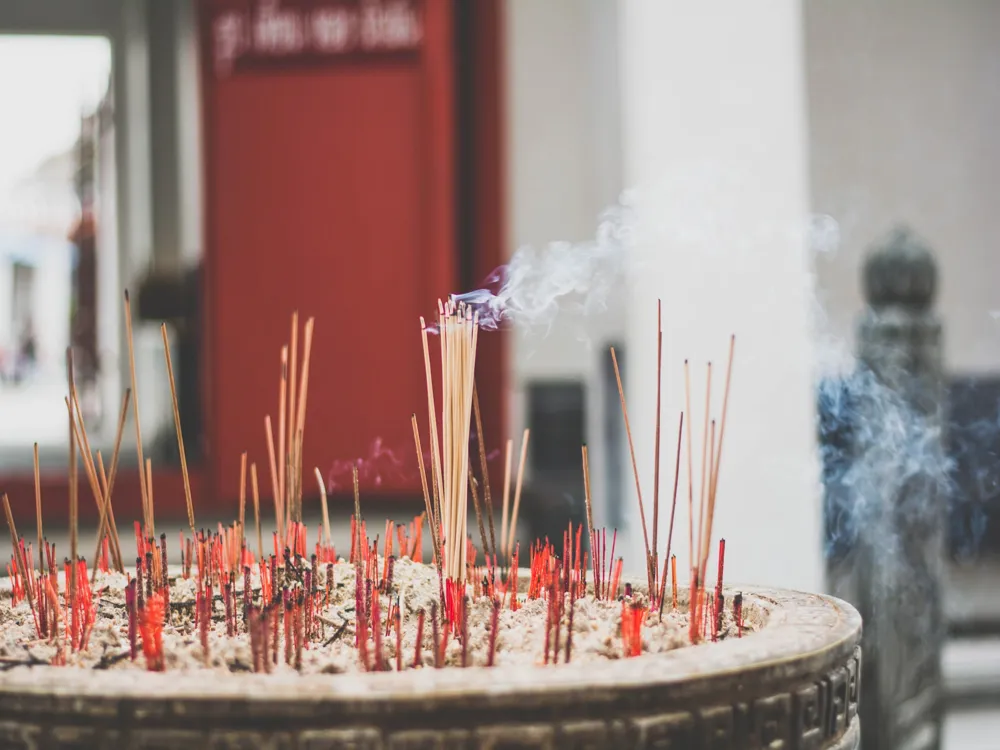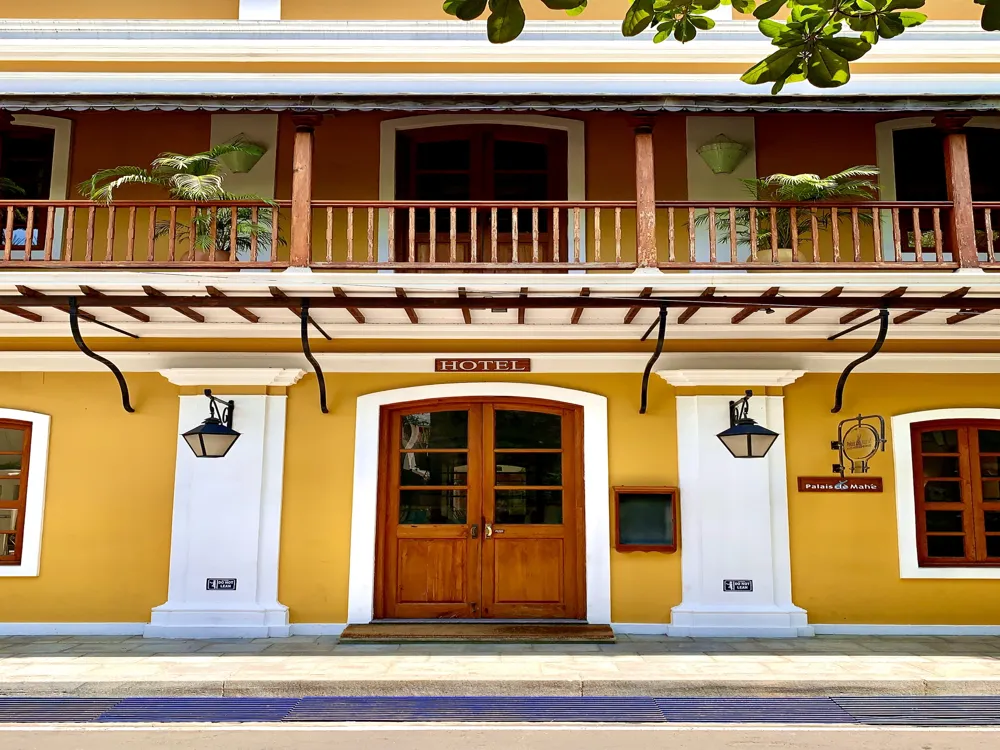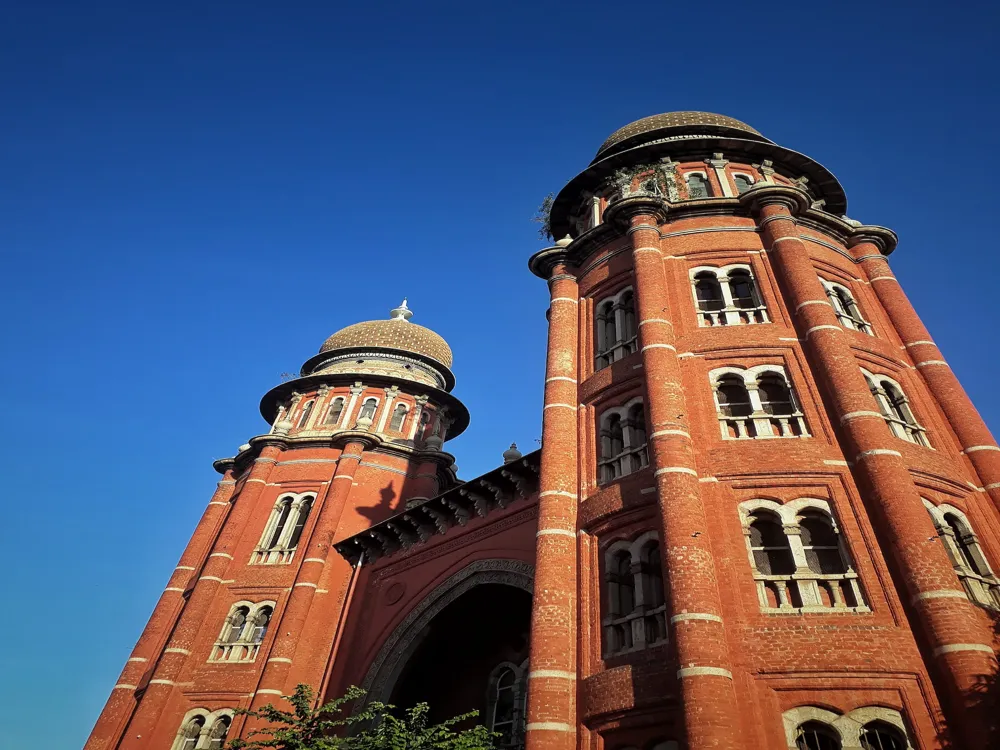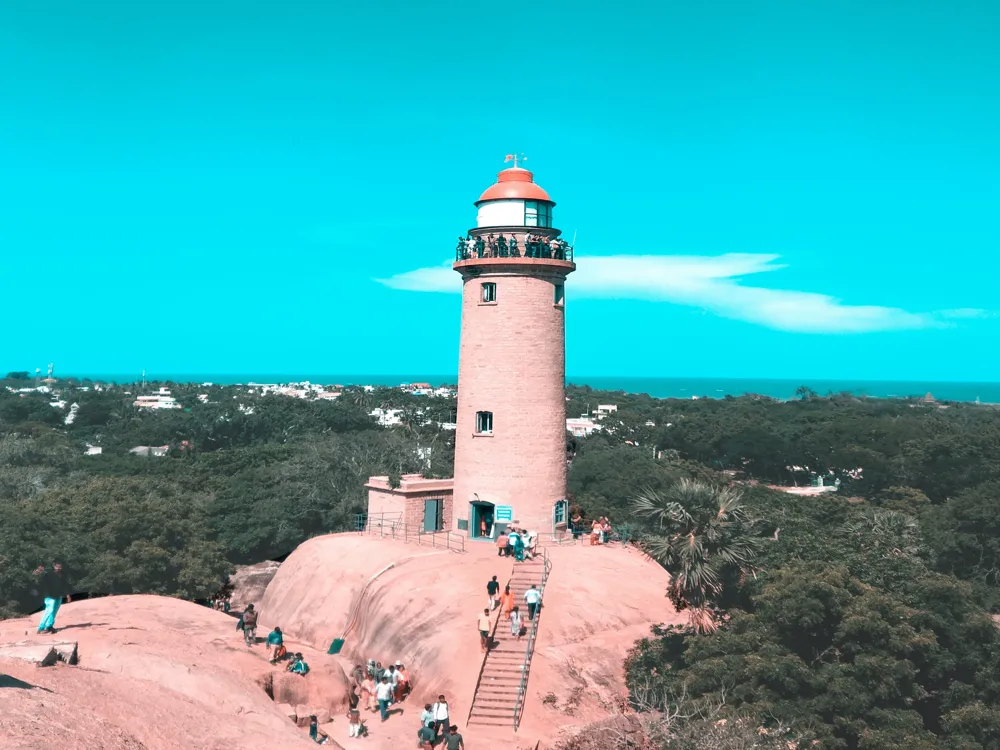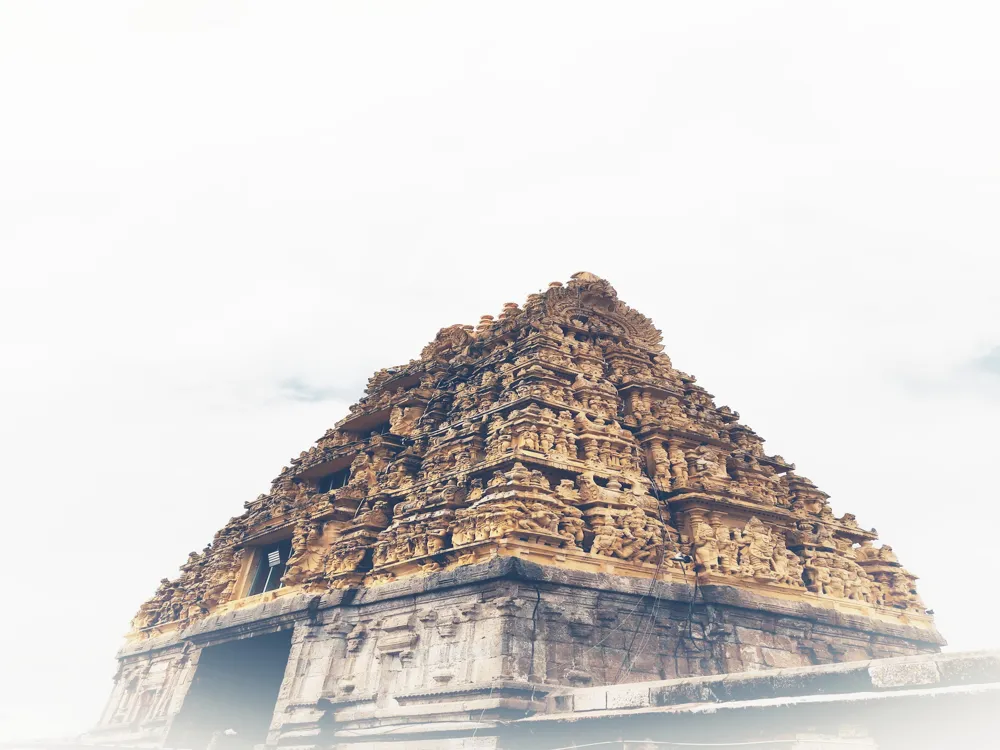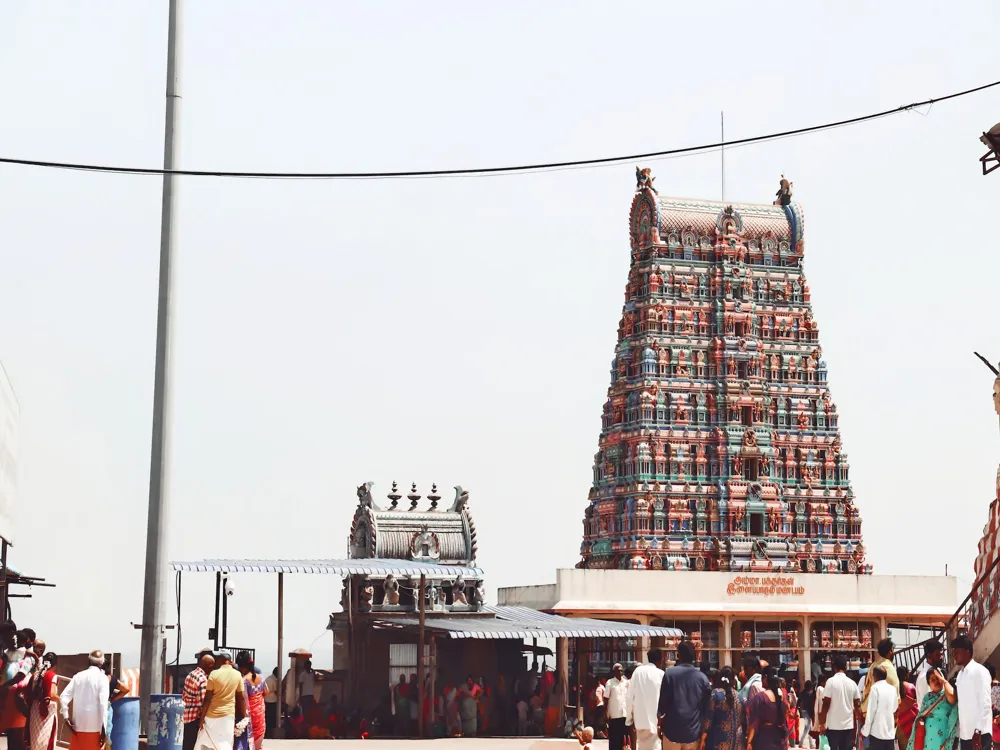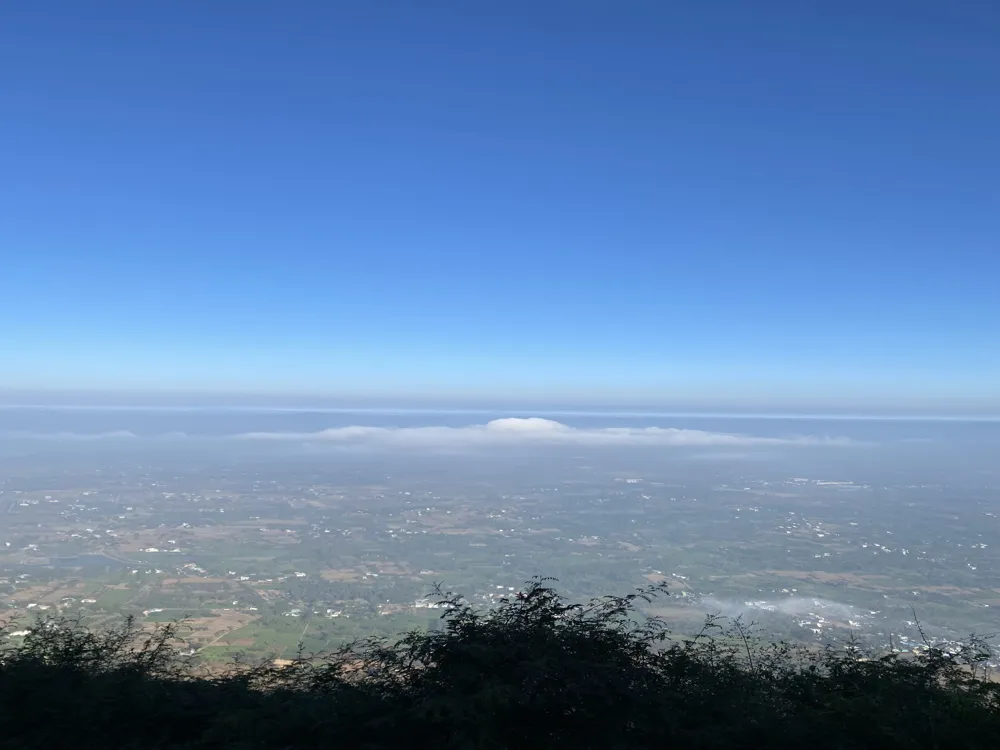Nestled in the vibrant town of Kanchipuram in Tamil Nadu, the Prasanna Venkatesa Perumal Temple stands as a beacon of spiritual and historical significance. This ancient temple, dedicated to Lord Vishnu, is not only a revered place of worship but also a testament to the rich cultural heritage of South India. The temple's origins date back to several centuries, making it a significant landmark in the annals of Hindu religion and Indian architecture. The deity, Lord Prasanna Venkatesa Perumal, is venerated in a unique form, attracting devotees from all over the country. The temple's serene ambiance, coupled with its spiritual aura, offers a tranquil retreat for those seeking solace and spiritual enlightenment. The temple complex is adorned with intricate carvings and sculptures that depict various episodes from Hindu mythology, particularly the Puranas and the epics of Ramayana and Mahabharata. The annual festivals and rituals conducted at Prasanna Venkatesa Perumal Temple are a grand spectacle, drawing thousands of pilgrims and tourists. These events not only showcase the temple's religious significance but also its role in preserving and promoting the cultural traditions of Tamil Nadu. The temple serves as a hub for religious education and spiritual discourse, making it a vital component of the local community's spiritual life. The architecture of Prasanna Venkatesa Perumal Temple is a splendid example of Dravidian style, which is prevalent in South Indian temple architecture. The temple's design and construction reflect the ingenuity and skills of the ancient Indian artisans. The towering gopuram (gateway tower) at the entrance is an architectural marvel, adorned with an array of statues and motifs, each telling a story from the Hindu religious texts. As one steps inside the temple, the intricately carved pillars and the beautifully sculpted ceilings capture the eye. These pillars are not just support structures; they are canvases that display the artistic brilliance of the sculptors. The mandapam (hall) leading to the sanctum sanctorum is lined with pillars featuring carvings of deities, saints, and mythical creatures. The sanctum sanctorum, housing the main deity, is a masterpiece of religious art and architecture. The deity is ensconced in a beautifully carved garbhagriha (inner sanctum), which is considered the most sacred part of the temple. The vimana (temple tower) above the sanctum is intricately designed, symbolizing the celestial abode of Lord Vishnu. The temple walls are embellished with frescoes and paintings that depict various legends associated with Lord Vishnu. These artworks are not only of religious importance but also offer insights into the historical and cultural contexts of their time. The temple complex also includes sub-shrines dedicated to other deities, each showcasing its unique architectural style and religious significance. The temple tank, often used for religious rituals, adds to the aesthetic beauty of the temple. The landscaping around the temple, with its traditional South Indian garden design, provides a serene and contemplative environment for the devotees. Visitors are advised to adhere to a modest dress code, typically traditional Indian attire. It is important to maintain a decorous and respectful demeanor within the temple premises. Photography may be restricted in certain areas of the temple. It's advisable to check with the temple authorities and respect the rules regarding photography. The temple is open at specific times during the day, and these timings may vary during festivals and special occasions. Visitors should plan their trip accordingly to witness the temple in its full glory during these events. Opting for a guided tour can enhance the experience, as guides provide valuable insights into the temple's history, architecture, and rituals. Understanding and respecting local customs and traditions is important. Engaging with local guides and devotees can provide a deeper understanding of the temple's significance. Kanchipuram is well-connected by road and rail, making the Prasanna Venkatesa Perumal Temple easily accessible. The nearest airport is in Chennai, from where one can take a taxi or a bus to Kanchipuram. Regular bus services and trains connect Kanchipuram with major cities in Tamil Nadu and neighboring states. For those driving, the temple is well-signposted and can be easily located within the town. Local transport in Kanchipuram, such as auto-rickshaws and taxis, are readily available for convenient travel within the town. Visitors can also explore hiring a car or a two-wheeler for more flexibility and ease of travel to visit the temple and other nearby attractions. Read More:Overview of Prasanna Venkatesa Perumal Temple, Kanchipuram
Architecture of Prasanna Venkatesa Perumal Temple
Tips When Visiting Prasanna Venkatesa Perumal Temple
Dress Code and Conduct
Photography Restrictions
Timing and Festivals
Guided Tours
Local Etiquette
How To Reach Prasanna Venkatesa Perumal Temple
Prasanna Venkatesa Perumal Temple
Kanchipuram
Tamil Nadu
NaN onwards
View kanchipuram Packages
Weather :
Tags : Temple
Timings : 6:00 AM - 12:00 PM, 3:00 PM - 8:00 PM
Time Required : 1-2 hours
Entry Fee : No entry fee
Planning a Trip? Ask Your Question
Kanchipuram Travel Packages
View All Packages For Kanchipuram
Top Hotel Collections for Kanchipuram

Private Pool

Luxury Hotels

5-Star Hotels

Pet Friendly
Top Hotels Near Kanchipuram
Other Top Ranking Places In Kanchipuram
View All Places To Visit In kanchipuram
View kanchipuram Packages
Weather :
Tags : Temple
Timings : 6:00 AM - 12:00 PM, 3:00 PM - 8:00 PM
Time Required : 1-2 hours
Entry Fee : No entry fee
Planning a Trip? Ask Your Question
Kanchipuram Travel Packages
View All Packages For Kanchipuram
Top Hotel Collections for Kanchipuram

Private Pool

Luxury Hotels

5-Star Hotels

Pet Friendly










